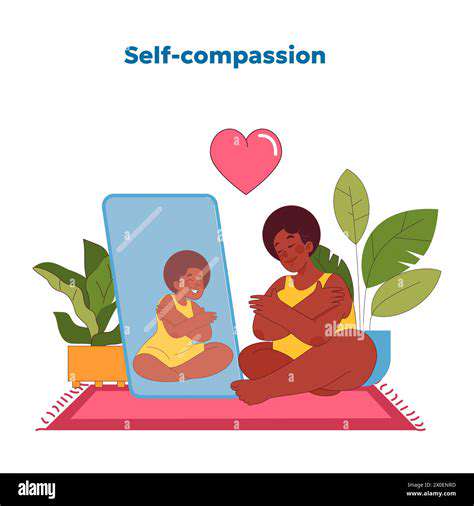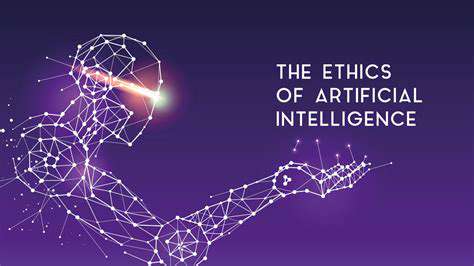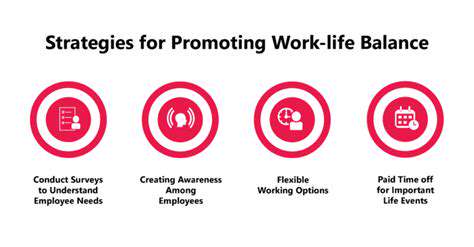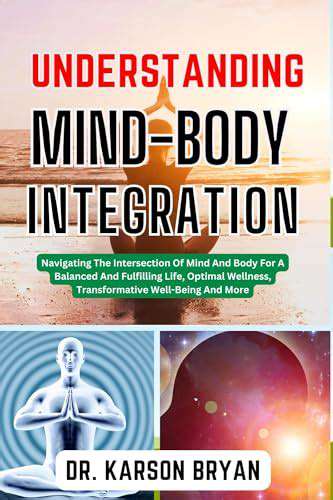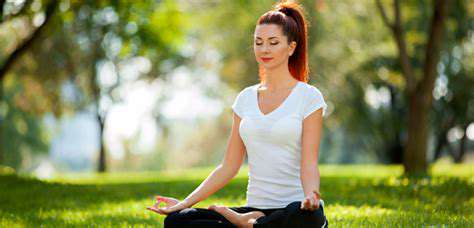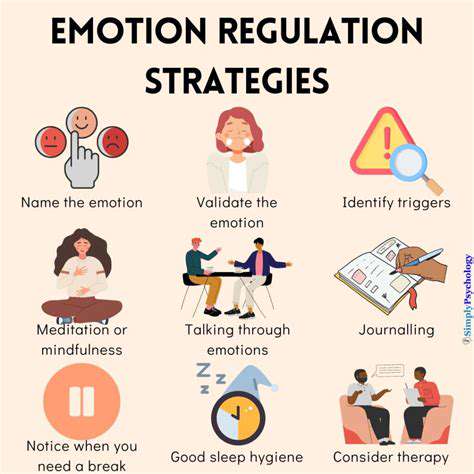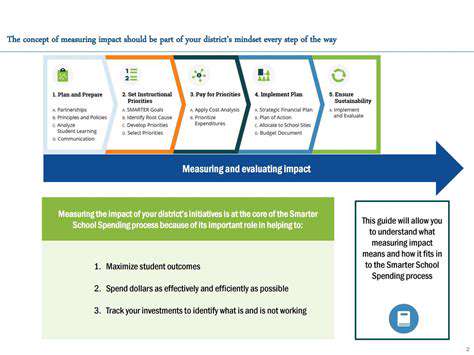Building a Positive Body Image: A Path to Self Acceptance
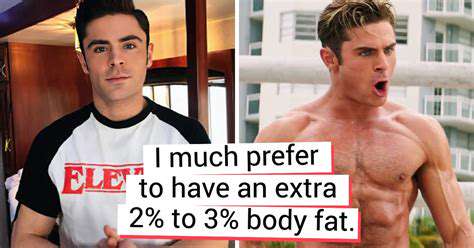
The Hidden Forces Shaping Our Self-Image
Modern culture constantly bombards us with narrow definitions of attractiveness that bear little resemblance to human diversity. These messages seep into our consciousness through advertising, entertainment, and even well-meaning social interactions. We must first acknowledge these invisible influences before we can free ourselves from their grip.
The emotional toll of chasing impossible ideals manifests in countless ways - from skipped meals to debilitating self-doubt that poisons everyday experiences. These standards didn't evolve naturally; they're carefully crafted marketing tools designed to create dissatisfaction and drive consumer behavior.
Media's Distorted Mirror
Visual platforms present airbrushed fantasies as reality, using lighting, angles, and digital manipulation to create inhuman perfection. The average social media user encounters hundreds of these fabricated images weekly, each silently reinforcing the lie that flaws don't exist.
Behind every perfect Instagram post lies hours of posing, filtering, and editing. The rise of face-altering apps means even casual snapshots now undergo digital enhancement, further blurring the line between reality and fiction.
The Psychological Cost of Perfection
This constant comparison game erodes mental health, with studies showing increased rates of depression and anxiety among those frequently exposed to idealized images. The damage extends beyond self-esteem, influencing career choices, social interactions, and even medical decisions as people opt for risky procedures to meet impossible standards.
When we internalize these false ideals, we wage war against our natural selves. The path to healing begins with recognizing these destructive thought patterns and their artificial origins.
Rewriting the Beauty Narrative
True liberation comes from expanding our definition of beauty to include the full spectrum of human forms. Activists worldwide are pushing back by showcasing diverse bodies in mainstream spaces, proving attractiveness has no single mold. This movement celebrates wrinkles as wisdom maps, scars as survival stories, and unique features as personal signatures.
Cultivating Authentic Self-Worth
Developing genuine body confidence requires daily practice - focusing on what our bodies can do rather than how they measure against Photoshopped ideals. The most radical act may be simply existing unapologetically in your natural state, rejecting the endless self-improvement treadmill.
When we stop criticizing our reflections, we reclaim mental energy for meaningful pursuits. Supporting others in this journey creates ripple effects that can transform entire communities.
Educational technology integration requires clearly defined learning outcomes before selecting digital tools. This strategic approach ensures technology enhances rather than distracts from core educational objectives. Educators who skip this foundational step risk creating flashy but ineffective learning experiences.
The Strength in Our Differences
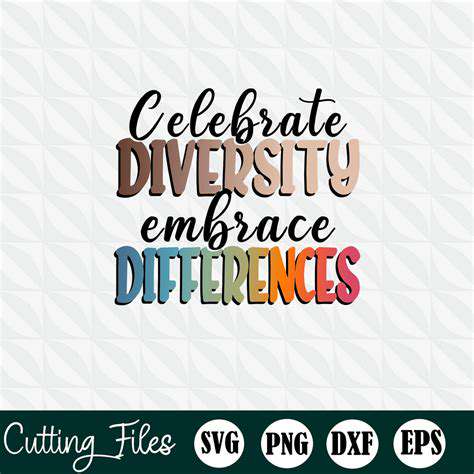
The Power of Varied Viewpoints
Human diversity represents nature's greatest innovation strategy. Like a rainforest ecosystem, communities thrive through the interplay of different strengths and perspectives. Breakthrough ideas consistently emerge at the intersection of diverse experiences and ways of thinking. This cognitive diversity fuels progress in every field from art to quantum physics.
Inclusive environments don't just happen - they're intentionally designed to amplify voices often marginalized in traditional settings. The results speak for themselves: teams with greater diversity consistently outperform homogeneous groups in problem-solving tasks.
Unleashing Hidden Potential
Every individual contains a unique combination of talents waiting for the right conditions to blossom. When institutions recognize neurodiversity and varied learning styles as assets rather than deviations, remarkable transformations occur. Personal growth flourishes in environments that value authentic self-expression over forced conformity.
The most successful organizations now design flexible systems that allow different personalities to contribute in their own optimal ways, proving one-size-fits-all approaches belong in the past.
Creating Truly Welcoming Spaces
Meaningful inclusion requires more than token representation - it demands examining and dismantling systemic barriers. This ongoing process involves uncomfortable conversations about privilege, accessibility, and unconscious biases that linger in policies and practices.
True belonging emerges when people can bring their complete selves without fear of judgment or exclusion. Achieving this requires continuous self-education and institutional accountability measures.
Finding Common Ground
Bridging differences begins with curiosity rather than assumption. Simple practices like storytelling circles or skill-sharing exchanges reveal our shared humanity while honoring distinct backgrounds. The most powerful connections often form when we venture beyond comfortable social bubbles to discover unexpected commonalities.
As globalization increases interconnectedness, the ability to navigate differences becomes not just virtuous but essential for peaceful coexistence in our increasingly complex world.
Read more about Building a Positive Body Image: A Path to Self Acceptance
Hot Recommendations
- AI Driven Personalized Sleep Training for Chronic Insomnia
- AI Driven Personalization for Sustainable Stress Management
- Your Personalized Guide to Overcoming Limiting Beliefs
- Understanding Gender Dysphoria and Mental Health Support
- The Power of Advocacy: Mental Health Initiatives Reshaping Society
- Building a Personalized Self Compassion Practice for Self Worth
- The Ethics of AI in Mental Wellness: What You Need to Know
- AI Driven Insights into Your Unique Stress Triggers for Personalized Management
- Beyond Awareness: Actionable Mental Health Initiatives for Lasting Impact
- Creating a Personalized Sleep Hygiene Plan for Shift Workers


